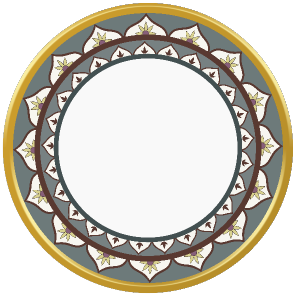

0


0

FASHION
By Bindu Gopal Rao
23 September, 2019
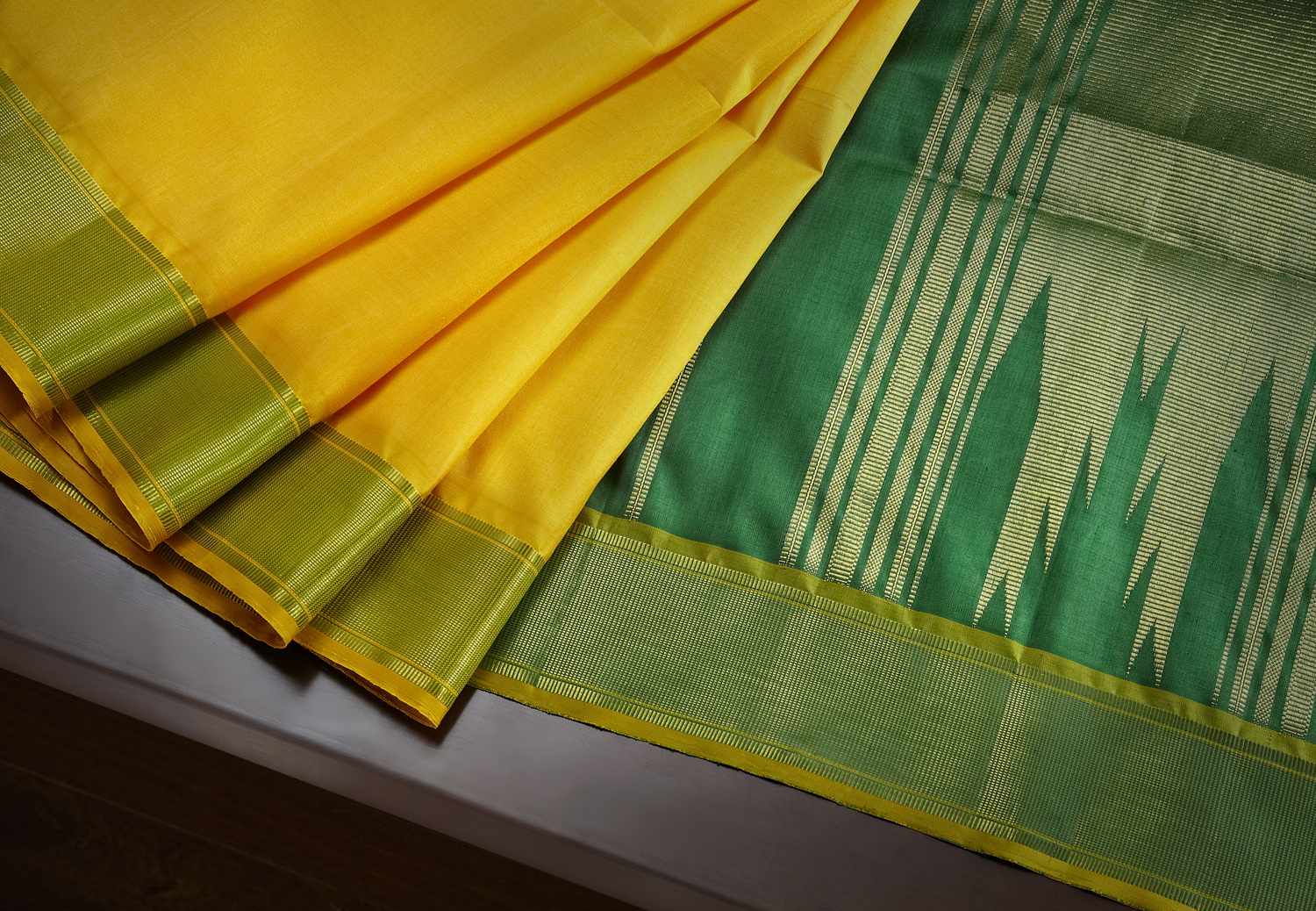
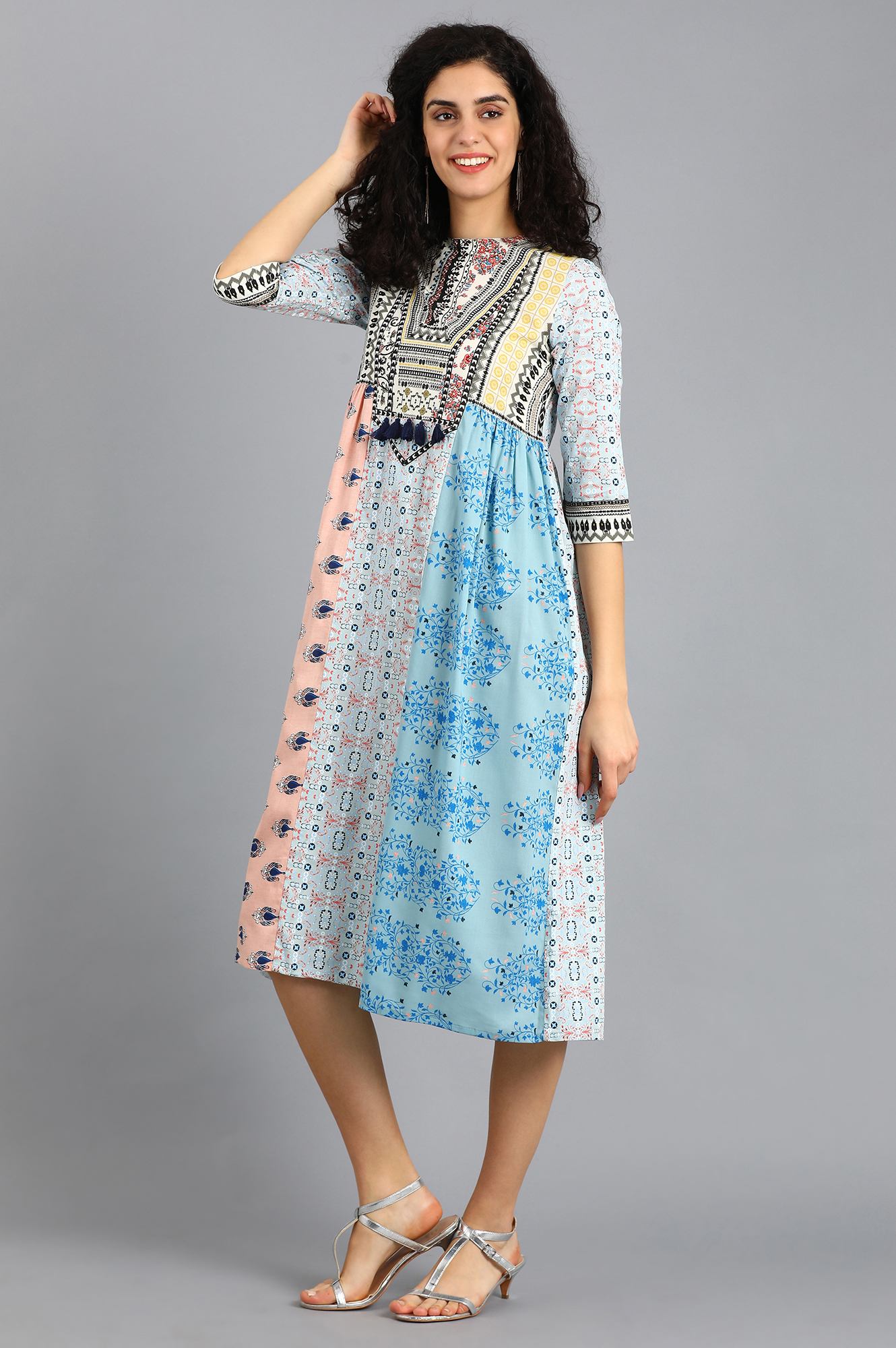 Going Green
Certified organic cotton is a fabric that is extensively used when making sustainable clothing. Cotton, Mul, Linen, Jamdani and silk dyed using eco-friendly dyes, fabric made with fibres of bamboo, aloe-vera, rose petal, milk fibre, soya-bean and banana are all eco-friendly fabrics too. All these fabrics are natural, chemical-free and hence sustainable. “These have various benefits for the consumer along with being eco-friendly, they allow the skin to breathe and give comfort, silk acts as anti-allergens, and wool is natural insulator. The new brand identity is a phased out approach in which the smallest of details from the embroidery to buttons and collar linings will be made with 100% natural materials,” says a spokesperson from WLS. Eco-friendly fabrics are not mass produced - hence difficult to source. “Also since they are mainly plant-based, we need to wait for the plant to grow and be harvested and only after which the fiber can be made into the fabric. Their limited availability and low awareness among consumers is one of the biggest challenges we face today,” says Vaishali Karad, Founder and Principal Designer, Paashh. Sustainability in fashion is a relatively newer concept which gives us the blank canvas to experiment with different kinds of sustainable fabrics to give customers the choice. “We have an exclusive collaboration with Livaeco by Aditya Birla Group to offer eco-friendly range of styles. Livaeco is one of the fastest growing fibres which comes from nature and goes back to the nature. Reducing carbon footprints, Yolo Dress is an outfit of the season which allows us to give back to the nature fashionably,” says Aarti Ahuja, Head – Marketing, TCNS Clothing.
Going Green
Certified organic cotton is a fabric that is extensively used when making sustainable clothing. Cotton, Mul, Linen, Jamdani and silk dyed using eco-friendly dyes, fabric made with fibres of bamboo, aloe-vera, rose petal, milk fibre, soya-bean and banana are all eco-friendly fabrics too. All these fabrics are natural, chemical-free and hence sustainable. “These have various benefits for the consumer along with being eco-friendly, they allow the skin to breathe and give comfort, silk acts as anti-allergens, and wool is natural insulator. The new brand identity is a phased out approach in which the smallest of details from the embroidery to buttons and collar linings will be made with 100% natural materials,” says a spokesperson from WLS. Eco-friendly fabrics are not mass produced - hence difficult to source. “Also since they are mainly plant-based, we need to wait for the plant to grow and be harvested and only after which the fiber can be made into the fabric. Their limited availability and low awareness among consumers is one of the biggest challenges we face today,” says Vaishali Karad, Founder and Principal Designer, Paashh. Sustainability in fashion is a relatively newer concept which gives us the blank canvas to experiment with different kinds of sustainable fabrics to give customers the choice. “We have an exclusive collaboration with Livaeco by Aditya Birla Group to offer eco-friendly range of styles. Livaeco is one of the fastest growing fibres which comes from nature and goes back to the nature. Reducing carbon footprints, Yolo Dress is an outfit of the season which allows us to give back to the nature fashionably,” says Aarti Ahuja, Head – Marketing, TCNS Clothing.
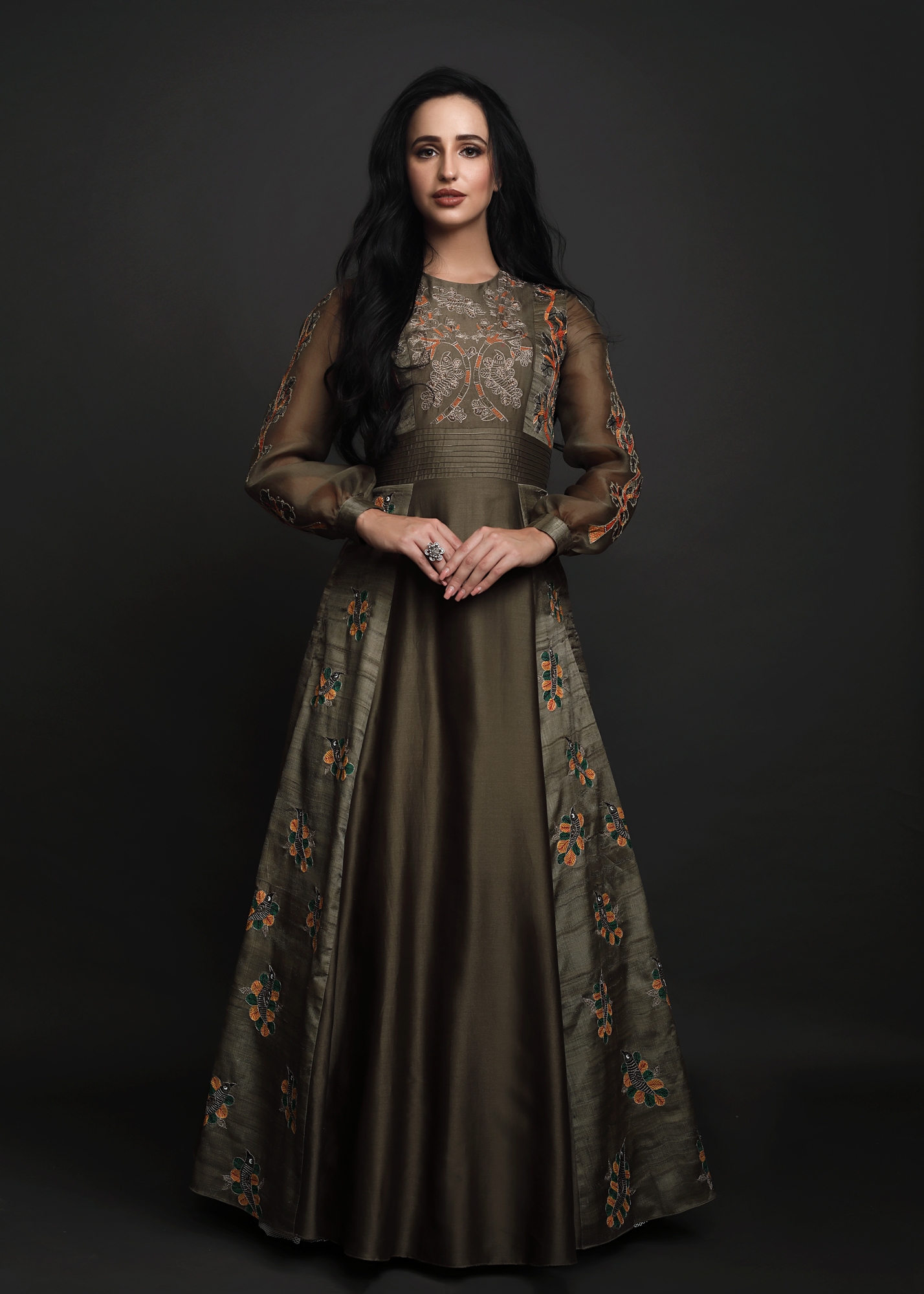 Daya bansal Designs
Advantages Galore
Natural fibers and fabrics are best suited for human skin. “They breathe the most and least harmful to human bodies, soft to wear. To safeguard your health and protect against allergies due to chemicals and artificial processes used to manufacture non-ecofriendly fabrics it is always advised to go for natural fabrics,” says Designer Bhavya Bhasin. Ritu Ajbani, Co-Founder, Petit Royal adds, “organic wool is used in the knitwear that we house which is produced using sustainable farming practices and without toxic sheep dips. We have clothing made from Linen too for kids. It is tougher than cotton, requires less water to grow, naturally moth resistant and gets stronger after every wash.” Likewise, linen is best for summer fashion as it has a cooling effect. “They are made from fibers that do not require the use of any pesticides or chemicals to grow. Linen is easy to care and don’t need iron to look good, and when we talk about silk is dries very easily after washing,” says Ravi Gupta, Owner, Gargee Designers.
Daya bansal Designs
Advantages Galore
Natural fibers and fabrics are best suited for human skin. “They breathe the most and least harmful to human bodies, soft to wear. To safeguard your health and protect against allergies due to chemicals and artificial processes used to manufacture non-ecofriendly fabrics it is always advised to go for natural fabrics,” says Designer Bhavya Bhasin. Ritu Ajbani, Co-Founder, Petit Royal adds, “organic wool is used in the knitwear that we house which is produced using sustainable farming practices and without toxic sheep dips. We have clothing made from Linen too for kids. It is tougher than cotton, requires less water to grow, naturally moth resistant and gets stronger after every wash.” Likewise, linen is best for summer fashion as it has a cooling effect. “They are made from fibers that do not require the use of any pesticides or chemicals to grow. Linen is easy to care and don’t need iron to look good, and when we talk about silk is dries very easily after washing,” says Ravi Gupta, Owner, Gargee Designers.
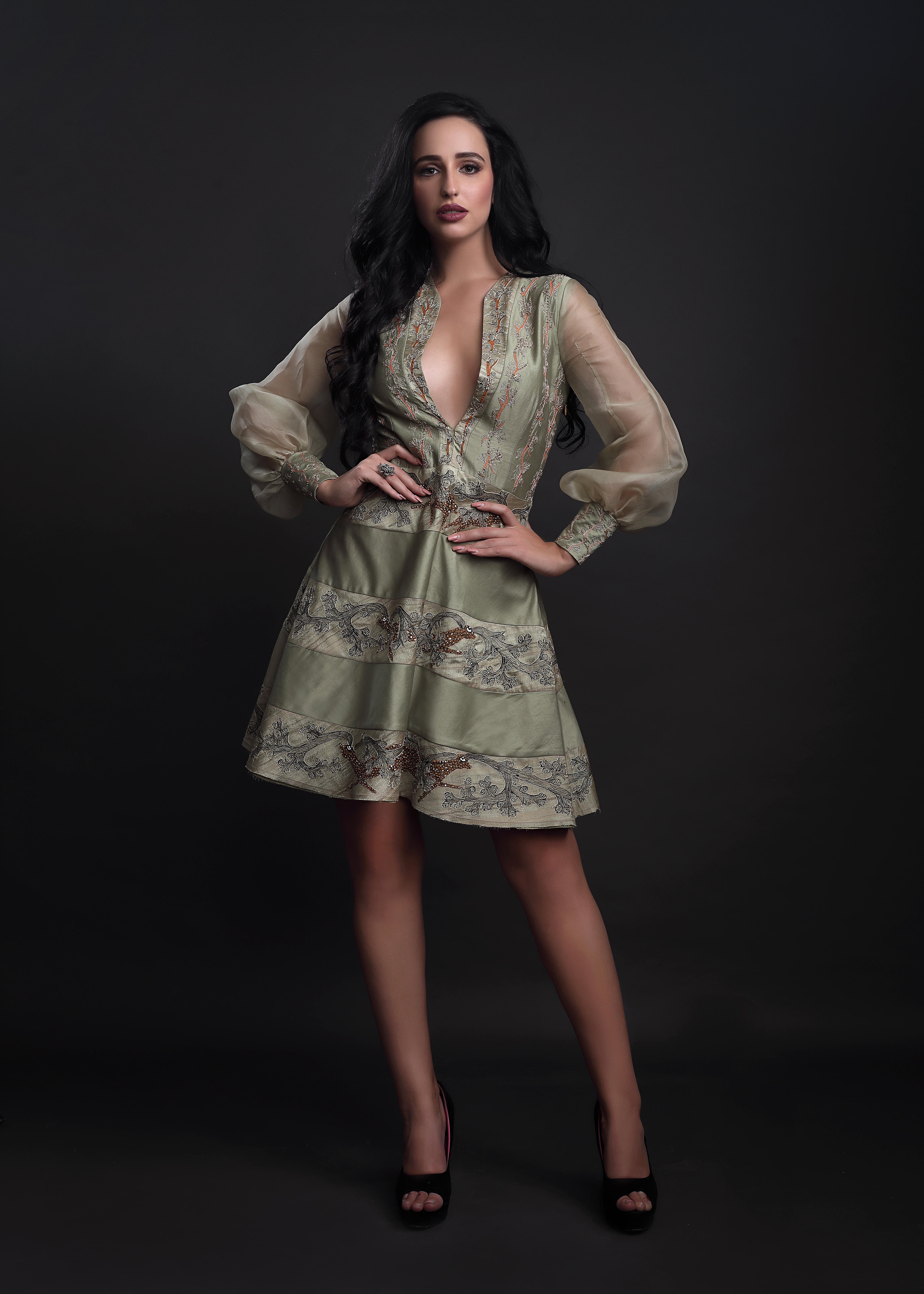 Daya bansal Designs
Challenge Factor
When considering the most environmentally conscious fabrics, you have several options and, perhaps, even more, limitations. You could choose to use organic fabrics, like cotton, organic flax (linen) peace silk, and Viscose Rayonor chooses recycled fabrics like recycled PET polyester or fabrics that have a virtually closed-loop production process, like lyocell. Kanchan Sabharwal, Designer, Label Kanchan says, “the biggest challenge of using eco-friendly fabrics is the cost of the fabric, the production time take to weave the fabric on handlooms to reach out to the right market. Dyeing, printing, and finishing of fabric are other challenges.” The challenges of working with pure and natural fabrics are the delicate nature of these yarns – if not processed/woven with the right pressure and tension, these yarns can break. “Some of them which are handspun such as tussar, ketia, matka, jhuri, balkal are also uneven and carry slubs/irregularities which, while adds to the charm of the finished saree, is arduous work at the looms. This adds to the complexity of designing the product as the dobby, jala, and jacquard is used on such irregular yarns,” says Shyamala Ramanan, Business Head – Taneira. Designer Purvi Doshi adds, “also as it is handwoven, it takes around two months for production and then the natural dying process takes a month, so overall the whole production time is a big challenge.”
Daya bansal Designs
Challenge Factor
When considering the most environmentally conscious fabrics, you have several options and, perhaps, even more, limitations. You could choose to use organic fabrics, like cotton, organic flax (linen) peace silk, and Viscose Rayonor chooses recycled fabrics like recycled PET polyester or fabrics that have a virtually closed-loop production process, like lyocell. Kanchan Sabharwal, Designer, Label Kanchan says, “the biggest challenge of using eco-friendly fabrics is the cost of the fabric, the production time take to weave the fabric on handlooms to reach out to the right market. Dyeing, printing, and finishing of fabric are other challenges.” The challenges of working with pure and natural fabrics are the delicate nature of these yarns – if not processed/woven with the right pressure and tension, these yarns can break. “Some of them which are handspun such as tussar, ketia, matka, jhuri, balkal are also uneven and carry slubs/irregularities which, while adds to the charm of the finished saree, is arduous work at the looms. This adds to the complexity of designing the product as the dobby, jala, and jacquard is used on such irregular yarns,” says Shyamala Ramanan, Business Head – Taneira. Designer Purvi Doshi adds, “also as it is handwoven, it takes around two months for production and then the natural dying process takes a month, so overall the whole production time is a big challenge.”
 Kumbakonam
Kumbakonam
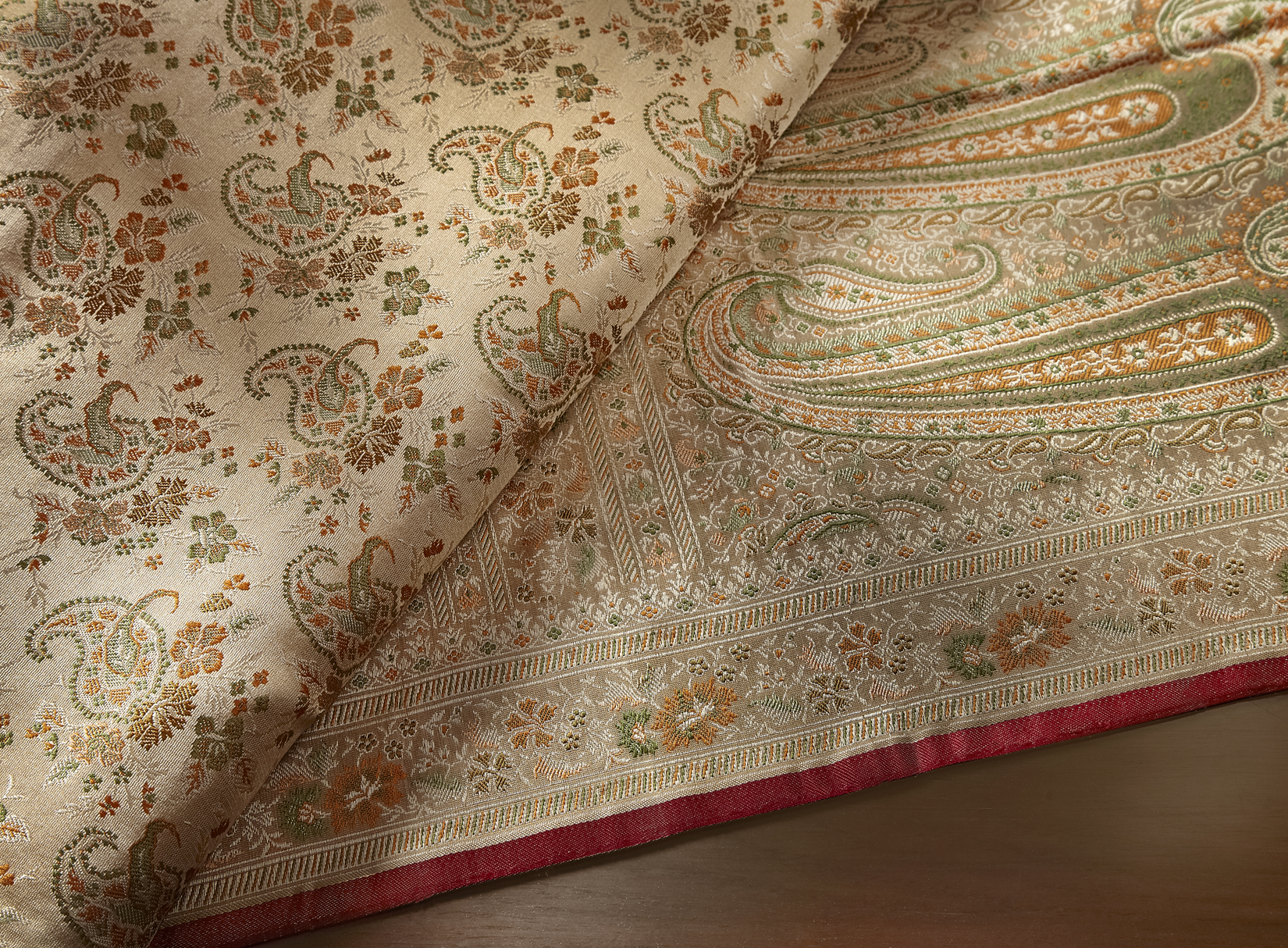 Jamawar
(Pic Courtesy: Taneira)
Cost Matters
Sustainable brands are generally priced higher as brands are committed to providing garments for which fabrics are ethically sourced with a promise to give workers improved production conditions and pay. Neha Didwania Garodia, Founder and Director, MI Dulce An’ya says, “customers are willing to pay for quality. Our job is to educate them about the superiority of these fabrics. We share how much better organic cotton is for baby’s skin, and also how much better it is for cotton farmers and the land they till.”
Jamawar
(Pic Courtesy: Taneira)
Cost Matters
Sustainable brands are generally priced higher as brands are committed to providing garments for which fabrics are ethically sourced with a promise to give workers improved production conditions and pay. Neha Didwania Garodia, Founder and Director, MI Dulce An’ya says, “customers are willing to pay for quality. Our job is to educate them about the superiority of these fabrics. We share how much better organic cotton is for baby’s skin, and also how much better it is for cotton farmers and the land they till.”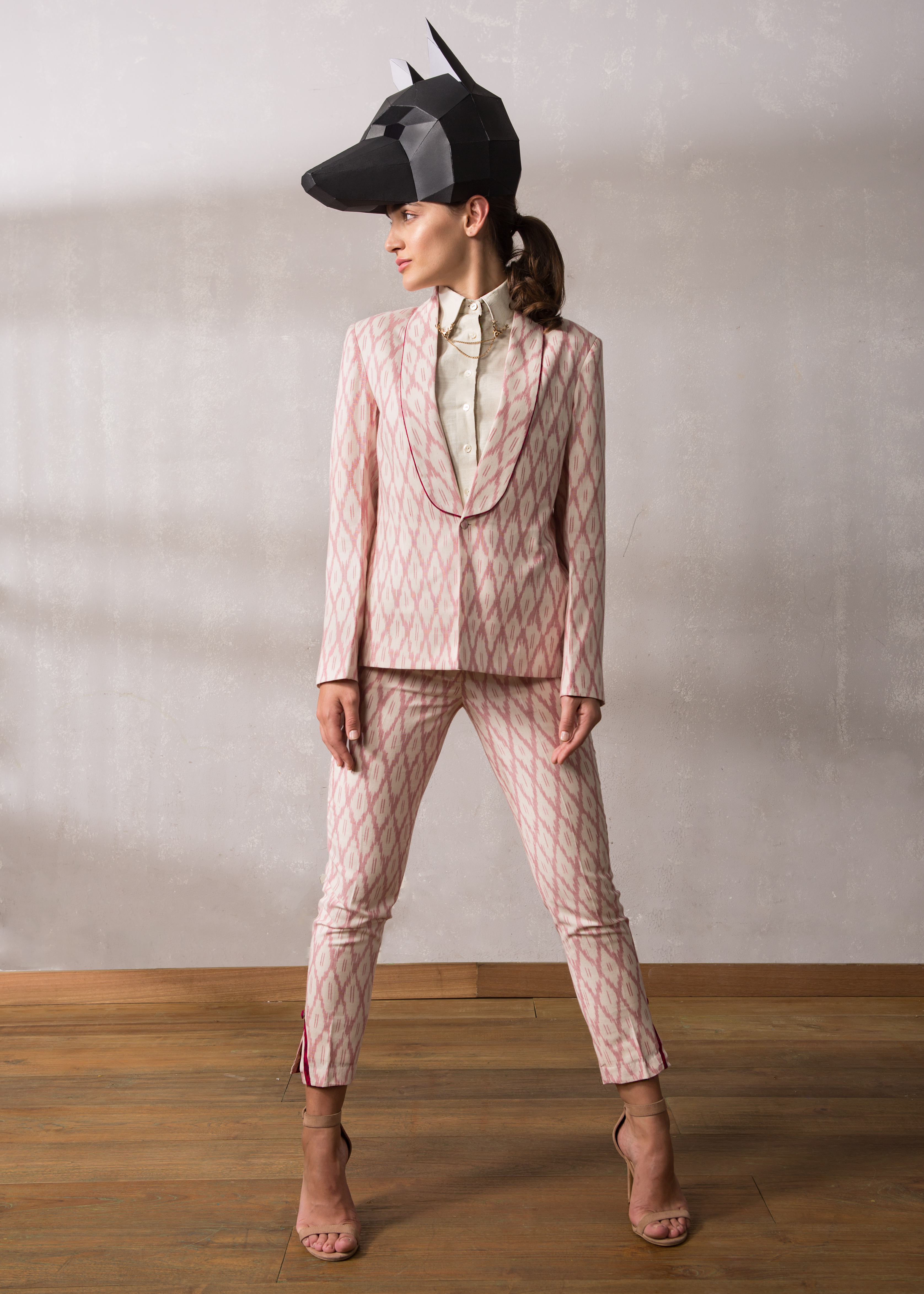 Designer Daya Bansal avers, “we try to deal directly with the manufacturers to cut extra margins and avoid mixing in fabrics. Today, the consumers are well aware of eco-friendly fabrics, the media has played a very important role in bringing awareness.” Kavitta Darney, CEO & Founder, Foxxy Couture avers, “yes they are expensive and we have to explain to people about the positive attributes of the fabric, how it is better than the others and since it is sustainable, it will come a bit expensive as it lasts much longer than the other fabrics.”
Designer Daya Bansal avers, “we try to deal directly with the manufacturers to cut extra margins and avoid mixing in fabrics. Today, the consumers are well aware of eco-friendly fabrics, the media has played a very important role in bringing awareness.” Kavitta Darney, CEO & Founder, Foxxy Couture avers, “yes they are expensive and we have to explain to people about the positive attributes of the fabric, how it is better than the others and since it is sustainable, it will come a bit expensive as it lasts much longer than the other fabrics.”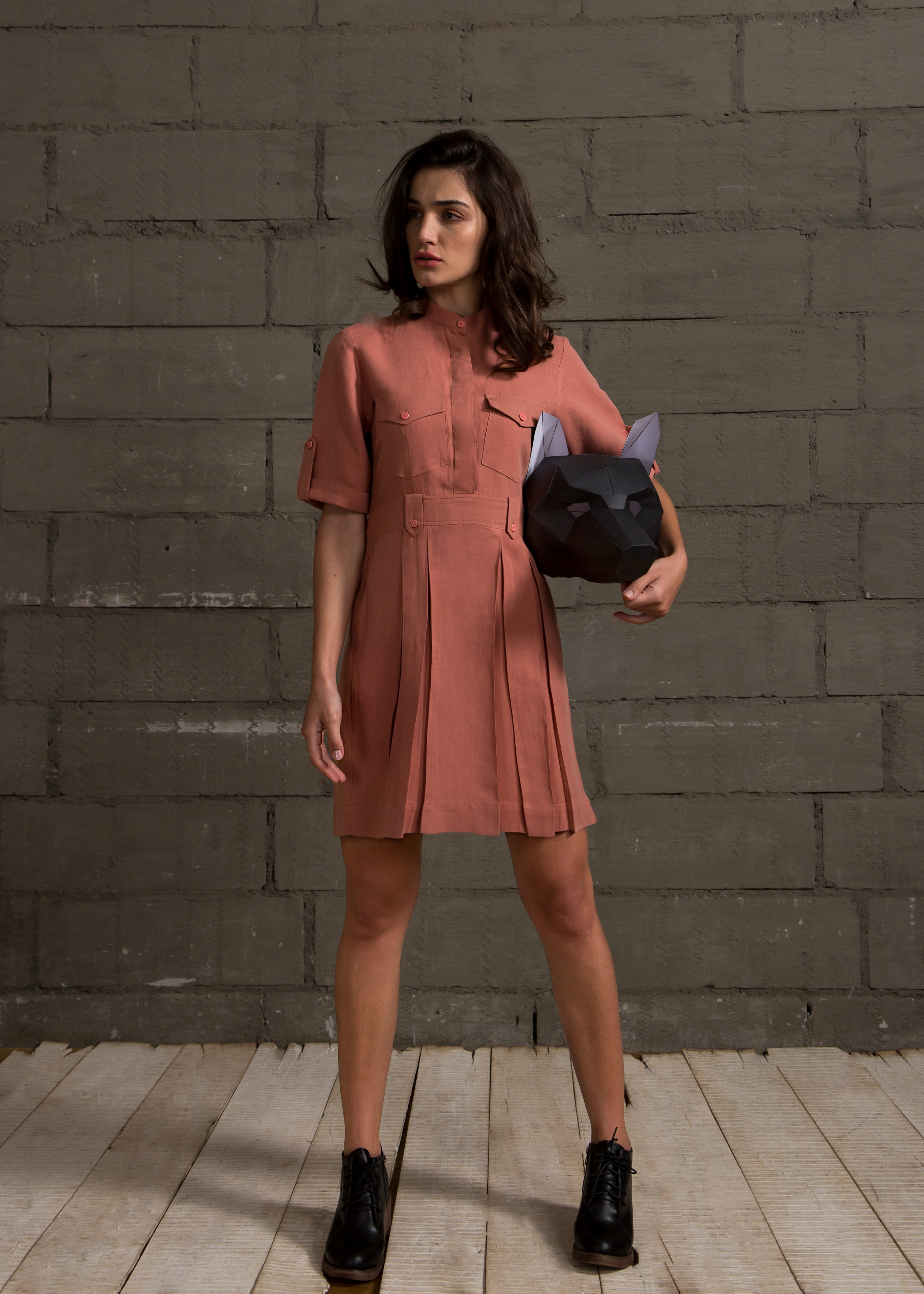 For more such updates, follow us on Facebook, Instagram, and Twitter. Download our magazine Spunky Indian for exclusive stories.
For more such updates, follow us on Facebook, Instagram, and Twitter. Download our magazine Spunky Indian for exclusive stories.